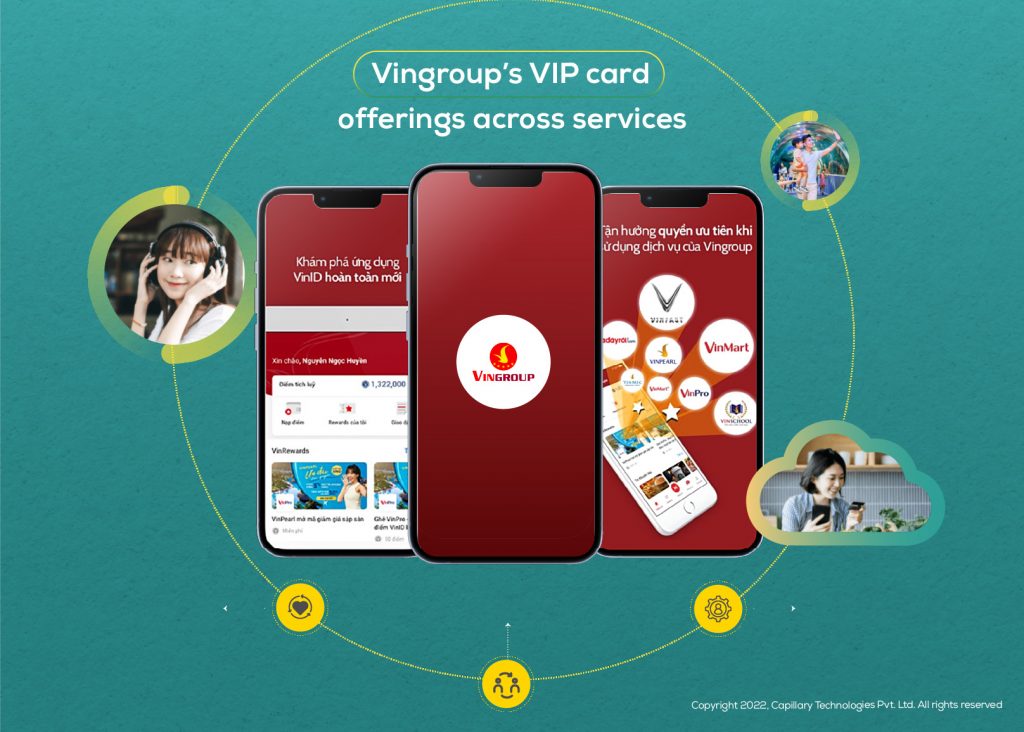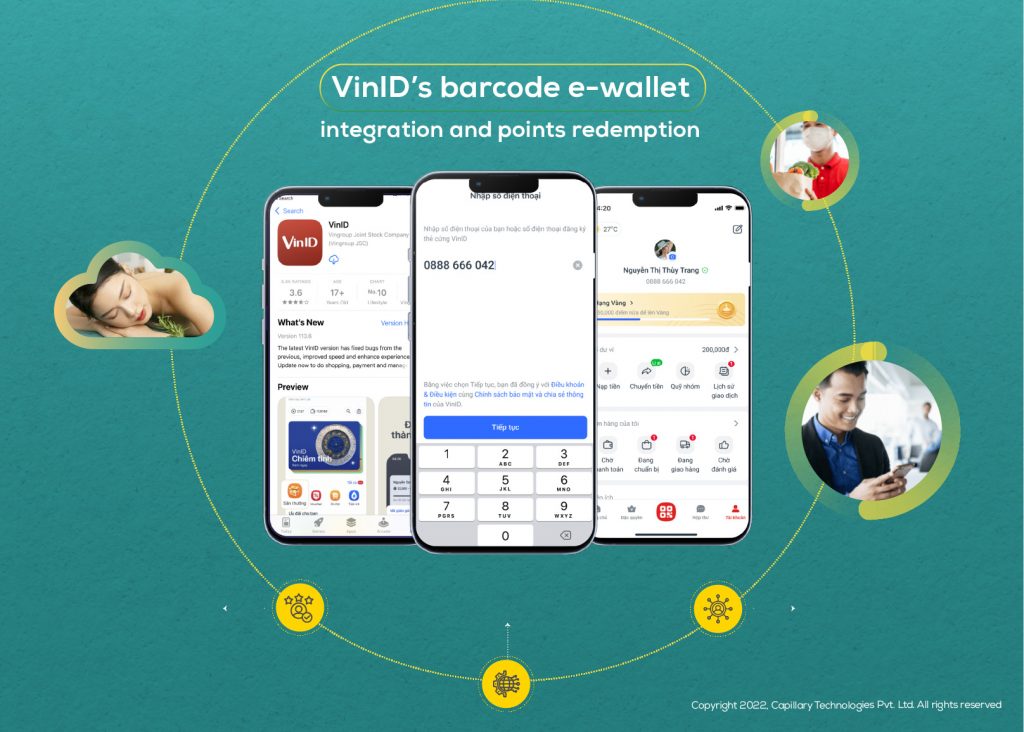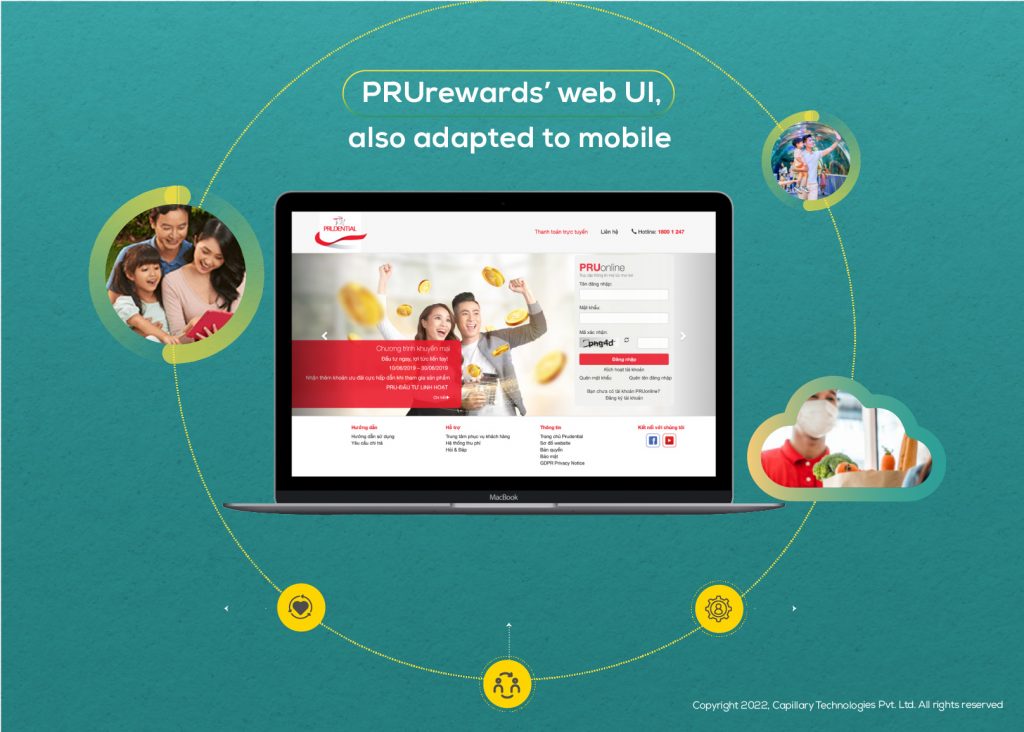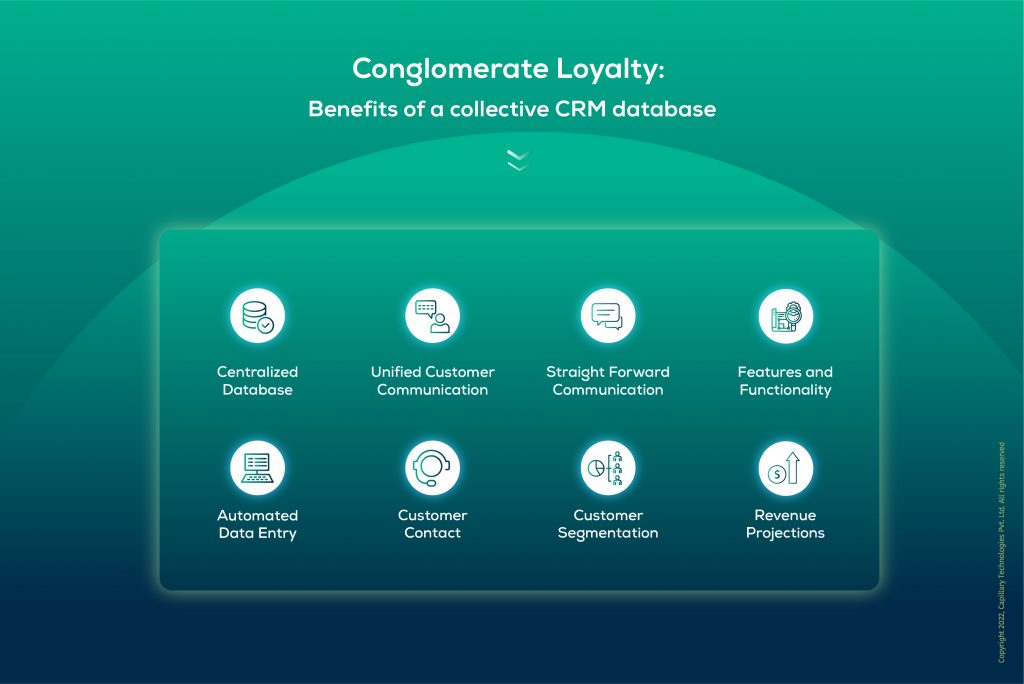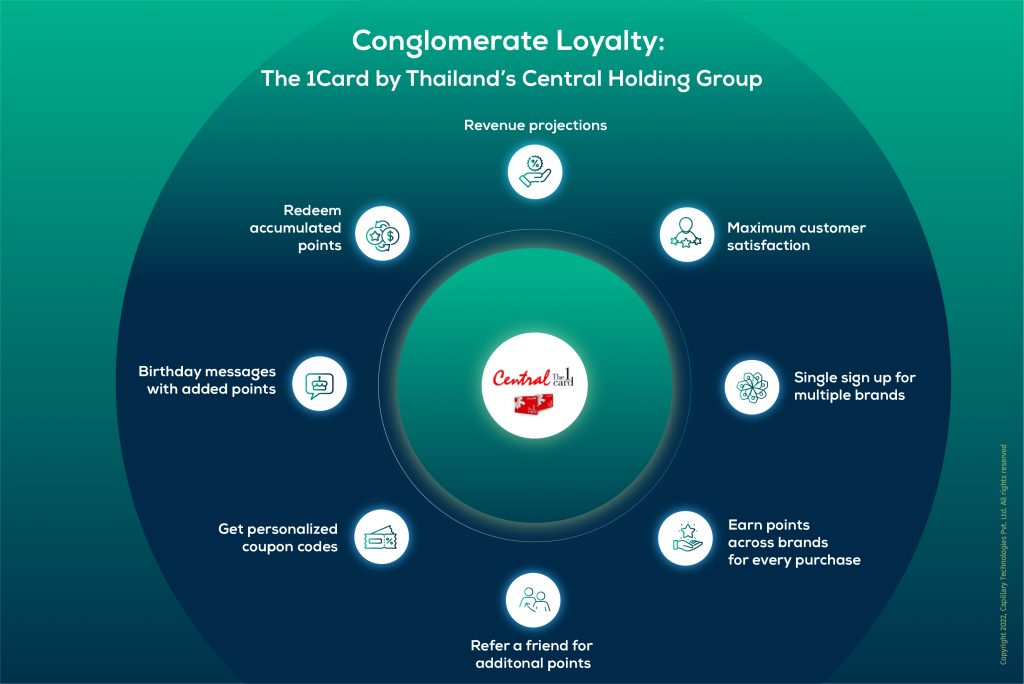While about only a decade ago, Vietnamese consumers were fairly unbothered by brands building consideration, there is now an upsurge in those who wish to be rewarded for repeat purchases. With a growing GDP rate at over 7.5% for an 80 Mn+ population, rising middle-class income is the biggest driver of brand loyalists in this country. Most are paying higher attention to international brands entering the market since the country of brand origin is an important factor. But this is closely followed by value-driven pricing strategies and discounts. Vietnam is, after all, a low-income economy. The rise of the conscious Vietnamese shopper in the aftermath of the pandemic points towards the trend of buying less, but with attention to better quality at a reasonable price.
From purchasing products, the Vietnamese have now undergone a permanent mindset shift to purchasing brands. And there’s no looking back.
In fact, one study reported that now over 40% of Vietnamese shoppers prefer retail brands that offer loyalty cards built upon a multi-tier points system that rewards every purchase. The ability to redeem points upon the next purchase drives better consideration and recall for brands overall. It comes as no surprise, then, that to retain Vietnamese consumers, the largest brands across key retail sectors are competing quite actively for higher engagement. Innovative loyalty programs customized to meet the personalization needs of different customer groups are proving the most useful tools while capitalizing on this emerging APAC market of brand loyalists. And the emerging brand loyalty in Vietnam is only refining the way forward for the CRM ecosystem, at large, which will continue to adapt to changing preferences over time. AI and tech optimization are central to the digital transformation of Vietnamese businesses at large.
3 Types of Loyalty Programs Ruling in Vietnam
1. Coalition Loyalty Programs
Vingroup is one of the fastest-growing companies in Vietnam. By setting trends in the local market and introducing new international standards of products and services, it promotes a modern way of life among the Vietnamese. Vingroup created a respected and well-known family of brands operating in several different industries, from real estate to tourism. It was apt for the company to envision a singular coalition loyalty program to bring its offerings under a single source of truth. The company innovated to become the first ever in Vietnam to envision and successfully activate such a program. Based upon the customer value proposition of enabling ease of earning and burning, the VinGroup Card was launched in 2016. It enables customers to take advantage of redeeming points and special coupon codes or rewards across Vingroup’s varied services.
Online and offline store flexibility of redemption was also enabled simultaneously. The accumulated points can be redeemed directly at checkout without any hassle. The card itself is upgraded from blue to red or VIP after a customer demonstrates their loyalty over time. The VIP card unlocks greater benefits encouraging consistent repeat purchase. Special privileges ensure that the local market specificities are all taken into account while improving Vingroup’s brand esteem and customer relations at once. This is a win-win situation for all parties involved, including the varied brands across sectors that come together under the program.
2. E-Wallet-Loyalty Integration in Apps
Another major trend that’s taking precedence over traditional vouchers is loyalty apps. With the pandemic, Vietnam’s internet economy grew stronger. E-commerce revenue reached a swooping $53 Bn in only the first quarter of 2022. This marks a radical shift in consumption to online from offline, and brands who wish to best engage their consumers through their own apps must factor in their loyalty programs as a prerequisite for their marketing efforts. While still at a nascent stage, there is a lot of untapped growth potential with the activation of e-wallets. Mega supermarket brands like VinMart – the largest consumer goods franchise in Vietnam – achieved a high 61% popularity for its unique loyalty card offering, VinID. This can be attributed to the unique proposition of VinID which allows consumers to convert points into money while buying their groceries and other essentials through the VinID app. What’s more, is that the coalition program benefits are activated across related Vingroup services such as VinMart using this single app that also enables refunds at the consumer’s convenience and reduces overall shopping costs significantly. It goes without saying that VinID has one of the most efficient loyalty marketing strategies in Vietnam.
It must also be noted that while VinID has competitors in Vietnam – e-Mart, CitiMart and Mega Mart – it is a market leader in terms of brand loyalty. The strategic advantages of offering multiple benefits across varied services beat all else. Thus, while considering a loyalty program, large conglomerates must, in particular, adopt an integrated approach.
3. Omnichannel, Multi-Service Loyalty Applications
Vietnam’s insurance market is one worth delving into when it comes to the final brand loyalty driver – omnichannel communication. Maintaining consistency in both marketing design and messaging across multiple consumer touchpoints is crucial while activating loyalty within the existing tech stack. Prudential Vietnam, a leading insurance provider across varied sectors, decided to open up this multi-channel loyalty avenue through PRUrewards. To enjoy the loyalty program, the customer needs to log in to his PRUonline account, then go to the PRUrewards tab to view his points, as well as, gifts and discounts from the program. Customers can access the loyalty program through the website as well as mobile applications on iOS and Android. While rewarding its most loyal customers with additional benefits was the key to this omnichannel loyalty application, the major driver of customer retention was the flexibility offered.
Insurance is already a very challenging industry in terms of attracting consumers in the first place. With PRUrewards, the company innovated to link non-insurance services with unique rewards across travel, food, and other industries. After joining the program, customers can engage by earning points and redeeming various rewards offered by well-known merchants such as Lazada, CGV, Grab and many other merchants. All members receive points based on various earning rules like annual premium, birthdays, new year anniversary and membership anniversaries. The system will automatically calculate all earned points. Thus, Prudential made a dull buy-like insurance delightful and exciting for its customers thereby increasing loyalty significantly.
Vietnam moving ahead in the brand loyalty direction…
While Vietnam is culturally unique in terms of buying habits that showcased a certain conservatism in the past, the digital boom of the pandemic in terms of online commerce has changed the game. Brand loyalty is now a crucial metric when it comes to determining the long-term success of enterprises and the right program can genuinely reduce customer churn like nothing else. Get in touch with our experts at Capillary Technologies to learn more about how our loyalty program software works for your business.
